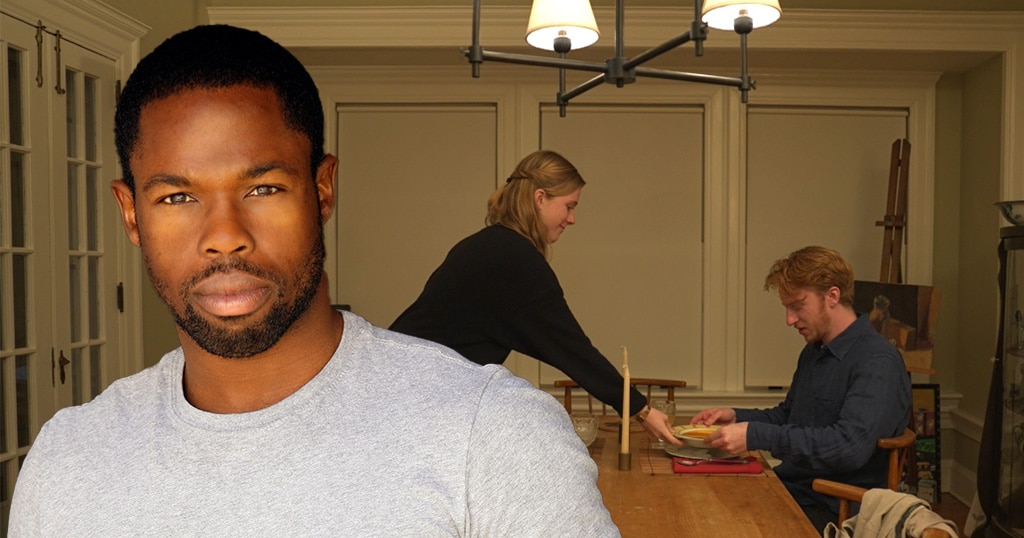Exploring Culture With a New Lens
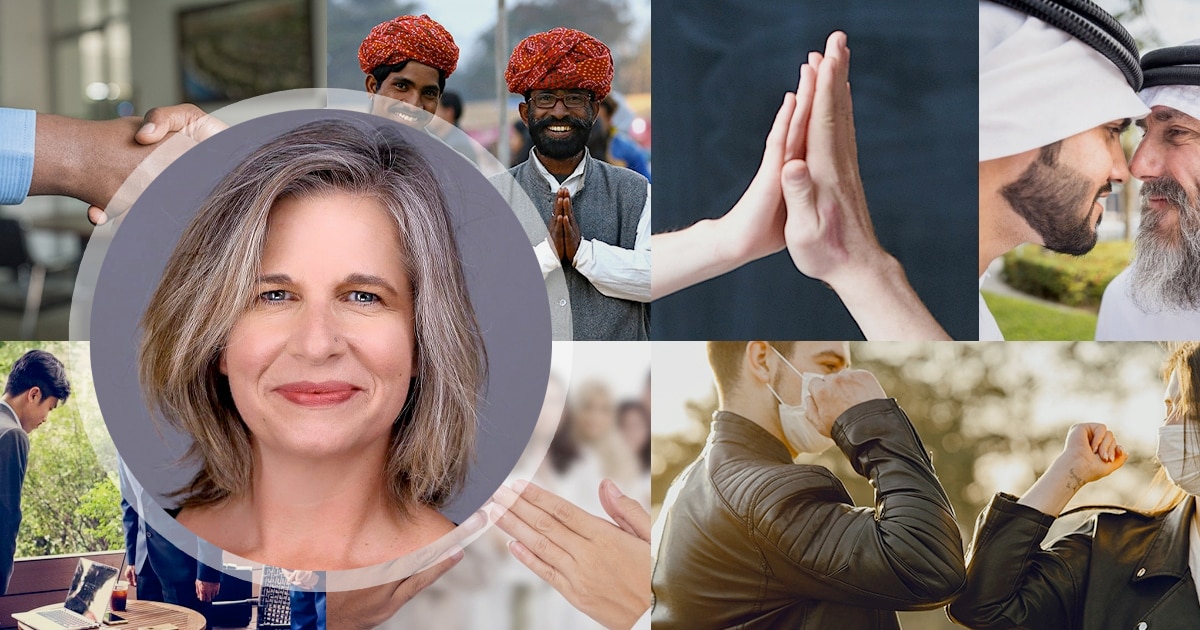
Jill Mott is a photojournalist, artist, culture connector and passionate instructor dedicated to encouraging life-long learning. We interviewed Jill about her experience developing and teaching the course.
Q: Jill, your Cultural Anthropology course is in many ways a product of your experience as a photographer and journalist, during which you traveled extensively in Africa and in other parts of the world. How did your travels inform your worldview?
I have been very fortunate to work and live abroad. I was bitten by the travel bug while studying art in Florence, Italy after high school. I knew after spending a year exploring different mediums of art and living in the most incredible city for art history that combining my love for art, culture, and telling stories was going to be a common thread in my life. I discovered photography in Italy and soon after began a career in photojournalism.
As a photojournalist, I found that even a simple trip to a different part of town, or meeting someone whose background was different from mine, was a cultural experience. It is an incredible privilege to be allowed into someone’s home and be allowed to be a part of their life for an hour or a day.
My curiosity led me to Africa. I had a fascination with Africa since I was a little girl. (Probably all the National Geographic magazines on the coffee table.) My first stop was Zimbabwe in Southern Africa, where I worked for a media company that produced and disputed African films.
Working in the film industry introduced me to a huge pool of people who quickly became my friends and mentors to understanding the Zimbabwean culture. I was invited to friends parties and traditional celebrations like weddings, and lobelia ceremonies (similar to a dowry exchange). These types of experiences were perfect to include as stories in the Cultural Anthropology course. It was an easy fit and a pleasure to share my real life adventures with students.
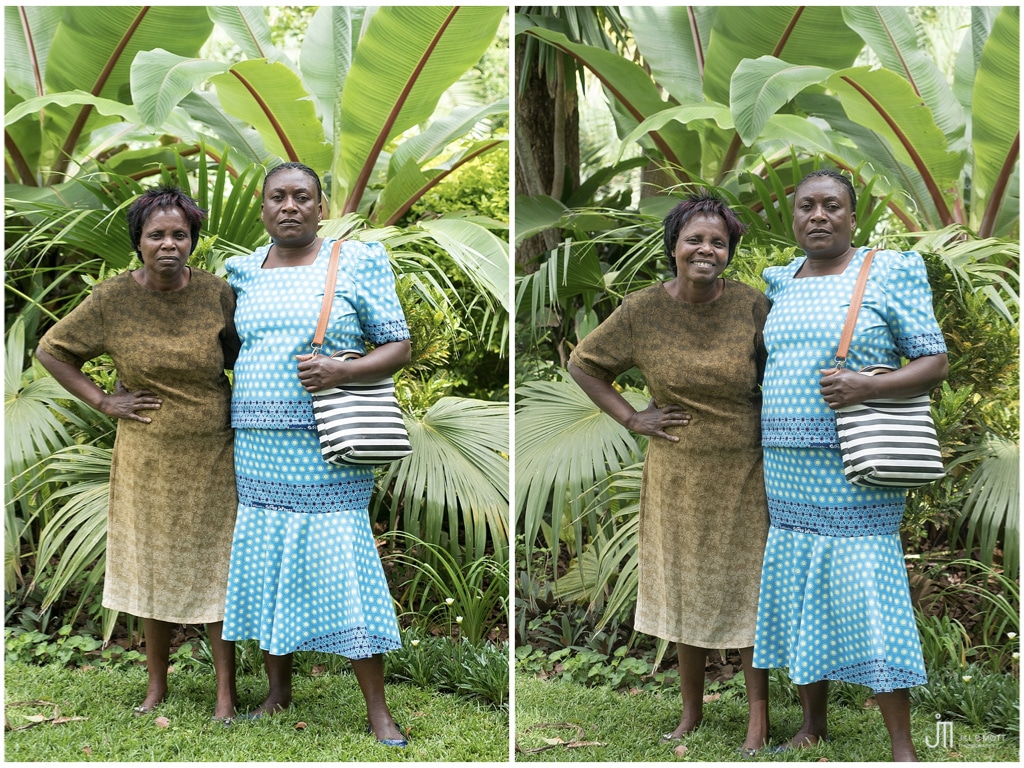
Q: How do you think being a photographer and journalist affects how you perceive other cultures?
As a photographer you are a witness, an observer, and a storyteller. The images you are capture aren’t about you. To be a good photographer, you need to be able to sit back listen, watch and document. Cultural anthropologists do the same thing. It is the quiet moments in between the action which really give you insight into others.
Q: What are some core ideas in cultural anthropology that creative or visual arts students can benefit from understanding?
In the course, we begin by reflecting on who we are as individuals and become more conscious about our individual characteristics and beliefs. Understanding our own values, norms, symbols, and beliefs helps us to decode others. I believe this class provides students with the tools to be more compassionate observers and be able to deconstruct clues and interpret cultural differences and similarities. This kind of awareness and comprehension helps creators to tell better stories that have more impact and meaning.
Q: Your course is timely (or perhaps timeless) in the sense that there is a pressing need to understand other cultures and our own. What role can an art/design student or photographer play, in helping us overcome cultural misunderstandings?
I truly believe that art gives us a window to the world both in the process of creating it and sharing it. If art and design students can create work that is well researched, sensitive, and authentic, it will have a great impact on a variety of different audiences. I think the important thing to remember is when work is created for a diverse cultural audience you should not make assumptions, or work off stereotypes in the mainstream media. To be truly effective in any kind of cross-cultural collaboration it is important to get out into the field and talk to real people.
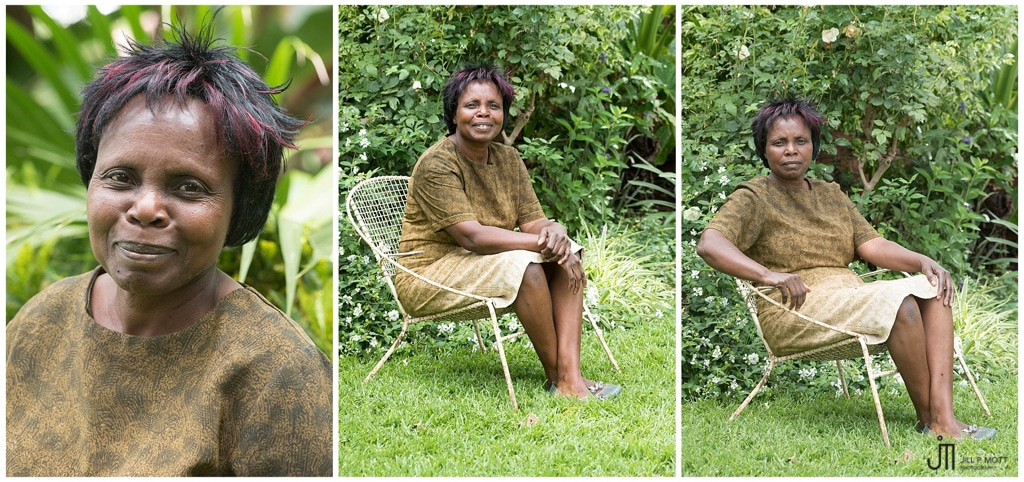
Q: One idea in your course is that art and artifacts have played an important role in cultural rituals, events, and narratives all around the world. What sorts of artifacts have students researched or created in your course?
I was blown away by the student work in this course assignment. I really wanted to encourage everyone to get off their computers and go a bit old school and make something with their hands. I think it can be easy to forgot one’s artistic roots because our medium and tool has become the computer.
Two of my students took this assignment to unexpected level. Kristin McKellar researched traditional Irish embroidery. She spent hours finding the right threads and fabric for her piece. She was determined to stay true to then traditional style and art from she was taught by her grandmother as a child. Her final creation was not only gorgeous but also complimented her graphic art style. McKellar combines style vintage and romantic characteristics into her graphic work and she was literally wove her style into this project.
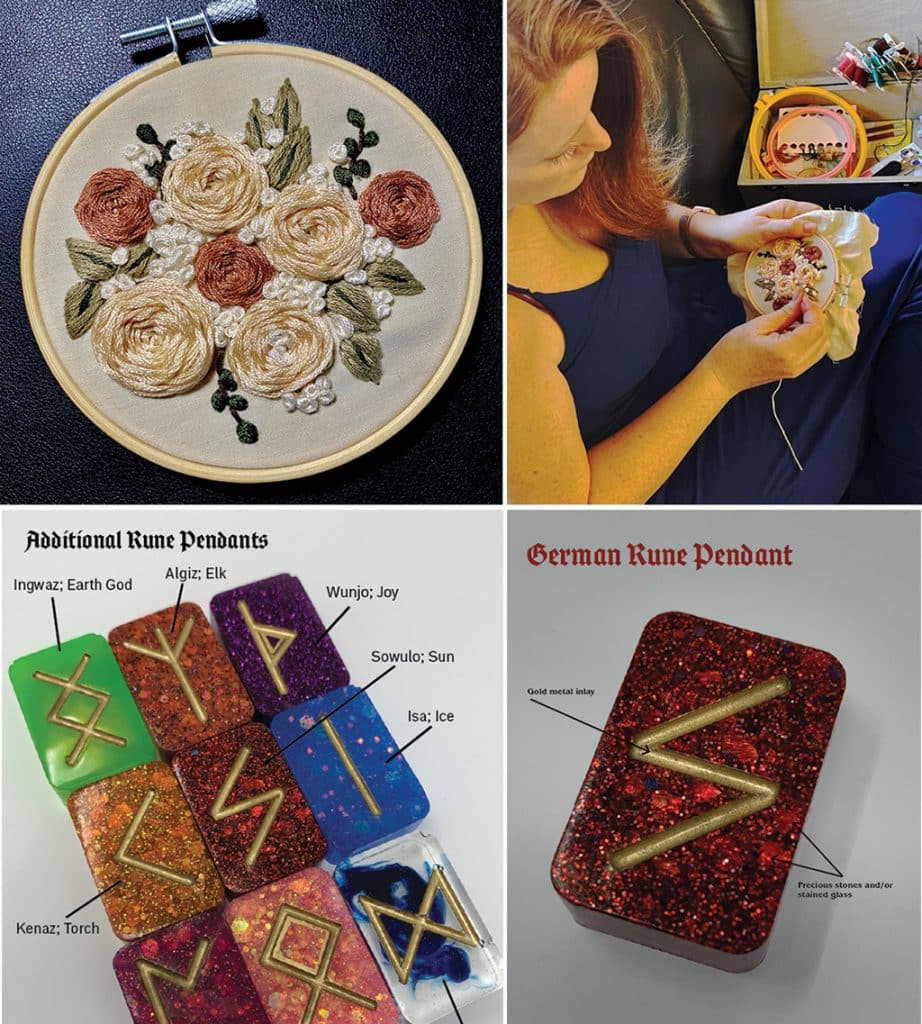
Student work by Kristin McKellar (above) and Kylie Welsh (below).
Kylie Welsh chose Germany as her culture to explore in this course. She created a collection of ancient German ruins using a polyurethane type of medium in which she mixed color and glitter to make each piece reflect the meaning of the symbol she inlayed on the top of the piece. The results are bewitching. I was again impressed by Welsh’s dedication as this process is quite time consuming and unpredictable.
Q: How have your cultural experiences affected your work as a photographer?
I would say one of the biggest effects from my experiences living abroad, and being open to culture, has been an awareness of how individuals want to see themselves versus the way I feel they should be photographed.
Generally speaking in America we assume the best types of photos are those of people smiling, reflecting a happy disposition. As a portrait photographer we might work to encourage and tease this out of our subject.
Working in Zimbabwe I realized that many people don’t feel the happy shot is what resonates them or the way the want to be represented. I found that images of my subjects with a stern, unsmiling look was almost always considered the best shot when I showed a subject their photo.
This surprised me but it was a huge eye opening moment for me. As a photographer we have an idea of an image we want to create but really what the client wants is the goal. Often our goals might not align and if you aren’t listening or looking out for the subtleties of these kind of nuances you might miss the connection altogether.
When working to understand other cultures I think it always important to put your beliefs to the side so you can really hear and internalize what someone from another culture is saying either in words or actions.
Q: Favorite book about cultural anthropology that everyone should read?
One of the most important books that can really excited everyone to explore more ideas and concepts about culture is a series of books called the Material World: A Global Family Portrait by Peter Menzel. You can see a photo gallery here.
This is a gorgeous book full of portraits of people from all over the world posing in front of all their possessions. It is an incredible intimate look into people’s lives. Just by looking at one portrait in the book you can get a feeling for what people value and believe in. Hungry Planet – What the World Eats, and Women in the Material World are two additional books in the series that are also worth looking at.
The first step to understanding Cultural Anthropology is to be curious and open. This series of books will inspire you to ask questions and explore and jump on a plane to have your own adventure.
For more information on the BFA in Graphic Design program and the Cultural Anthropology course visit Sessions College at sessions.edu. For more information on Jill Mott’s work, please visit jillpmottphotography.com and/or her Instagram, Facebook, and/or YouTube accounts.

Sessions Staff is a restless soul who loves to share relevant news and design industry information with current and prospective students. Read more articles by Sessions Staff.
RECENTLY ON CAMPUS





